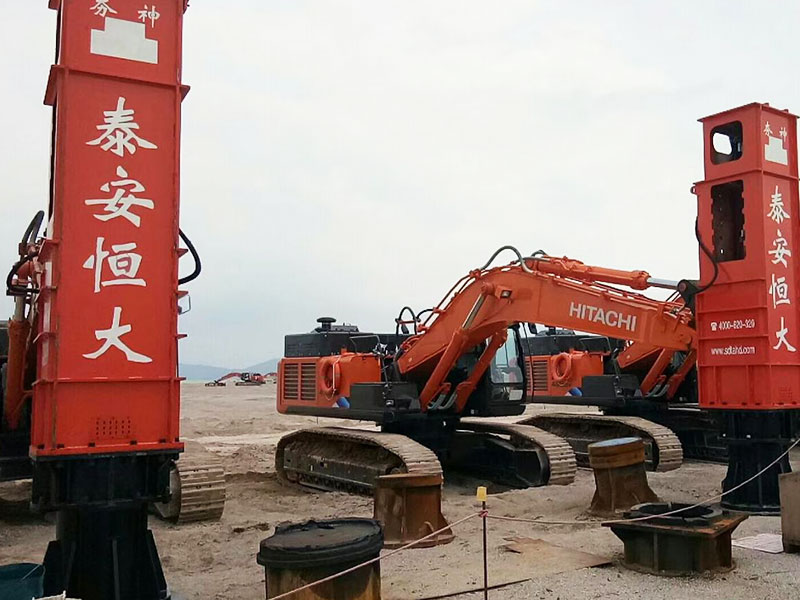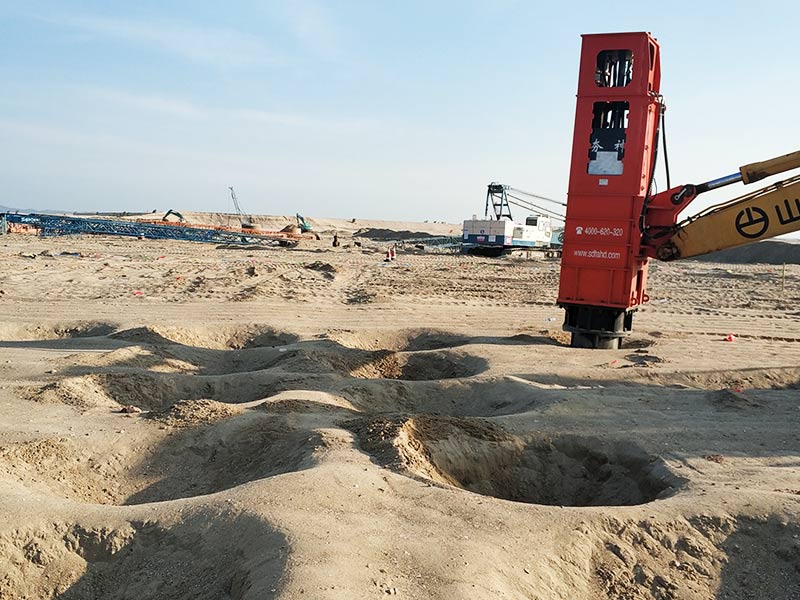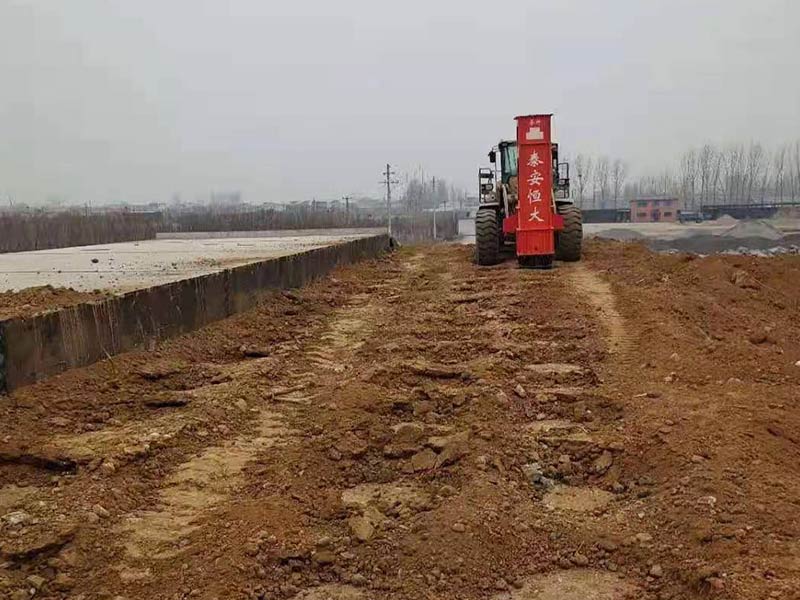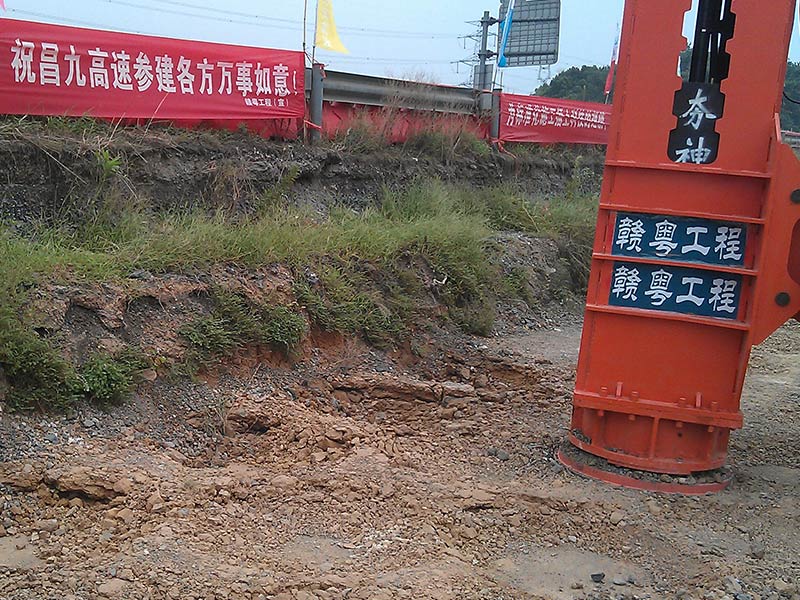What is the advantage of dynamic compaction? - HENGDA RIC
updatetime:2023-02-15 15:13:34 pageviews:359views
Increases soil density and collapses voids 2. Increases the bearing capacity of granular soils 3. Reduces the volume of landfills 4. Rapid Impact Compaction provides a technically sound and economic method of improving the capacity of a wide variety of loose soils and fills.

Numerous developments of the last decades provide a broad range of near-surface compaction technologies (such as static and dynamic rollers) and deep compaction techniques (such as deep vibro-compaction, vibro-flotation and deep vibroreplacement, heavy tamping). However, until recently no device was available for middle-deep compaction. The lately introduced Rapid Impact Compactor (RIC) aims at closing the gap between the surface compaction methods and the deep compaction methods, and permitting a middle-deep improvement of the ground up to a depth of 4 to 10 m.

The compaction effect of the Rapid Impact Compactor is characterized by pulse-shaped loading of the ground and is achieved by a specific number of blows. The ground to be improved is both compacted and displaced depending on the soil type, thus, causing plastic deformations in the near-field while elastic waves are generated in the far-field. The nature of vibration excitation (transient or periodic) is one of the limiting factors for the allowable impact on buildings and human beings and has to be taken into account for the assessment of standardized limit values.

The latest generation HC models in the RIC range are available with drop weights of 5t, 7t, 10t and, more recently, a 16t version has been introduced. Treatment is effective in top layers typically down to 6m depth. The latest HC model, complete with a 10t drop weight, is fitted with a new sound attenuation pack which has been designed by Hangshen to significantly reduce the noise level produced by the compactor when in operation.

SPEED - The unit is mounted on standard excavators, typically in the 40-90 tonne class and can be mobilised in minutes from arrival on site.
CONTROL - The machine is accurately controlled from the excavator cab and the degree of compaction electronically monitored.
SAFETY - The impact foot is in contact with the ground at all times and eliminates the risk of flying debris. Unlike conventional DC, other activities can take place in close proximity.
QUALITY - The impact energy and soil deflection are recorded by the on-board computer for presentation of compaction data to site managers. The data can highlight weak zones where extra fill is required or zones where underground obstructions were present (i.e. previously hidden old foundations).

On-board monitoring tells operator when compaction is sufficient by monitoring deflection versus compaction hammer blow count. This Smart-Compaction system shuts off the machine when additional compaction effort results in only minimal compaction/deflection.

